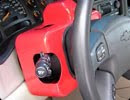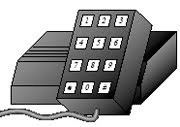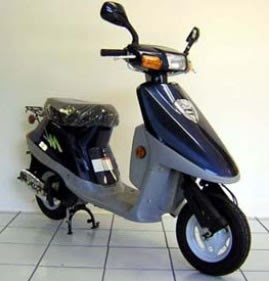The body is synchronised to night and day by the action of sunlight through brain chemicals or neurotransmitters, especially melatonin. Many bodily processes are timed on this 24-hour physiological ‘clock’. These include temperature, hormones, digestion, heart rate, blood pressure and brain states. This changing rate of activity over each 24-hour period is called the circadian rhythm (‘circadian’ means approximately one day).
Travelling to a different time zone disrupts the circadian rhythm. Lack of sleep can also contribute to jet lag. There is no cure for jet lag, but its effects can be reduced with careful planning.
The symptoms of jet lag include:
- Fatigue
- Sleepiness
- Digestive upsets
- Impaired judgement and decision making
- Memory lapses
- Irritability
- Apathy.
Flying east or west makes a difference:
Your circadian rhythm (body clock) is less confused if you travel westward. This is because travelling west ‘prolongs’ the body clock’s experience of its normal day–night cycle (the normal tendency of the body clock in most of us is slightly longer than 24 hours). Travelling eastwards, however, runs in direct opposition to the body clock. If you suffer badly from jet lag, it may be worthwhile considering a westerly travel route if possible.
Strategies while travelling:
There is no evidence that popular strategies, such as fasting or eating complicated diets, have any effect. Suggestions to reduce the impact of jet lag while travelling include:
Make sure you have had enough sleep before you leave. Sleep deficit or ‘debt’ will make jet lag worse.
Your circadian rhythm (body clock) is less confused if you travel westward. This is because travelling west ‘prolongs’ the body clock’s experience of its normal day–night cycle (the normal tendency of the body clock in most of us is slightly longer than 24 hours). Travelling eastwards, however, runs in direct opposition to the body clock. If you suffer badly from jet lag, it may be worthwhile considering a westerly travel route if possible.
Strategies while travelling:
There is no evidence that popular strategies, such as fasting or eating complicated diets, have any effect. Suggestions to reduce the impact of jet lag while travelling include:
Make sure you have had enough sleep before you leave. Sleep deficit or ‘debt’ will make jet lag worse.
- Limit or avoid alcohol and caffeinated drinks.
- Drink plenty of water.
- Try to nap whenever you feel sleepy.
- Eat small meals frequently, choosing lighter foods like fruit and vegetables.
- Wear loose, comfortable clothing.
- Whenever possible, walk around the cabin.
















